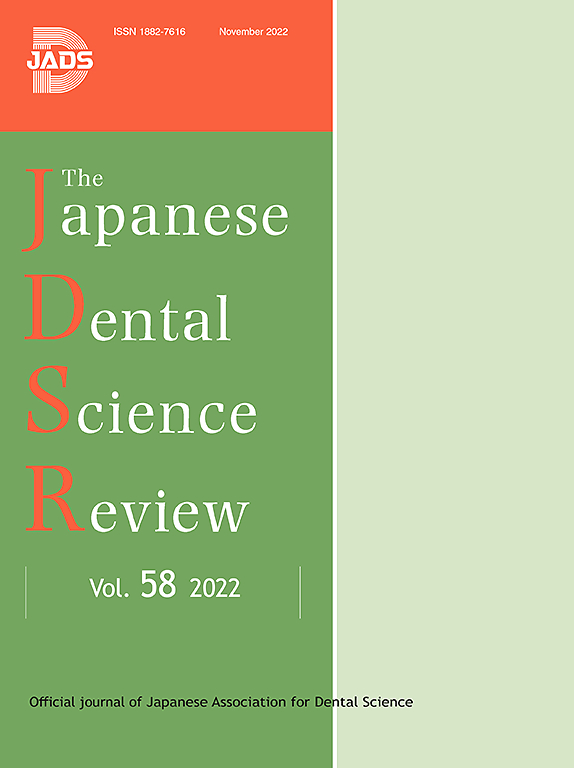Efficacy of different interventions on the morbidity of the palatal donor area after free gingival graft and connective tissue graft: A systematic review
IF 6.6
2区 医学
Q1 DENTISTRY, ORAL SURGERY & MEDICINE
引用次数: 0
Abstract
This review aimed to evaluate the efficacy of different interventions used on the palatal donor area in the treatment of postoperative pain after free gingival graft and connective tissue graft techniques, and their impact in the oral-health related quality of life (OHRQOL). This study was conducted according to PRISMA. A search was conducted in four electronic databases and the grey literature. The interventions found were grouped according to biological plausibility and mechanisms of action: Mechanical Barriers; Topical Drugs; Hemostatic Agents; Other Therapies (photobiomodulation, ozonotherapy and others). Fifty-four studies were included and 43 different interventions were reported. The most commonly reported intervention was collagen hemostatic sponge, either alone or combined with other interventions, followed by platelet-rich fibrin and photobiomodulation. Postoperative pain evaluation using the Visual Analogue Scale (VAS) generally indicated that interventions improved pain over time. However, comparing the superiority of interventions is challenging, as studies often combine different interventions with different mechanisms of action. OHRQOL also showed improvement over time, but the comparison between interventions is limited, since few studies used a validated tool. The methodological diversity among studies is considerable, requiring a cautious interpretation of individual studies.
不同干预措施对游离龈移植和结缔组织移植后腭供区发病率的影响:系统综述
本综述旨在评价腭供区不同干预措施治疗游离龈移植和结缔组织移植术后疼痛的疗效及其对口腔健康相关生活质量(OHRQOL)的影响。本研究根据PRISMA进行。在四个电子数据库和灰色文献中进行了检索。所发现的干预措施根据生物学合理性和作用机制进行分组:机械障碍;局部药物;止血剂;其他疗法(光生物调节、臭氧疗法等)。共纳入54项研究,报告了43种不同的干预措施。最常见的干预措施是胶原止血海绵,单独或联合其他干预措施,其次是富血小板纤维蛋白和光生物调节。术后疼痛评估使用视觉模拟量表(VAS)一般表明干预措施改善疼痛随着时间的推移。然而,比较干预措施的优势是具有挑战性的,因为研究经常将不同的干预措施与不同的作用机制结合起来。随着时间的推移,OHRQOL也显示出改善,但干预措施之间的比较有限,因为很少有研究使用经过验证的工具。研究方法的多样性相当大,需要对个别研究进行谨慎的解释。
本文章由计算机程序翻译,如有差异,请以英文原文为准。
求助全文
约1分钟内获得全文
求助全文
来源期刊

Japanese Dental Science Review
DENTISTRY, ORAL SURGERY & MEDICINE-
CiteScore
9.90
自引率
1.50%
发文量
31
审稿时长
32 days
期刊介绍:
The Japanese Dental Science Review is published by the Japanese Association for Dental Science aiming to introduce the modern aspects of the dental basic and clinical sciences in Japan, and to share and discuss the update information with foreign researchers and dentists for further development of dentistry. In principle, papers are written and submitted on the invitation of one of the Editors, although the Editors would be glad to receive suggestions. Proposals for review articles should be sent by the authors to one of the Editors by e-mail. All submitted papers are subject to the peer- refereeing process.
 求助内容:
求助内容: 应助结果提醒方式:
应助结果提醒方式:


